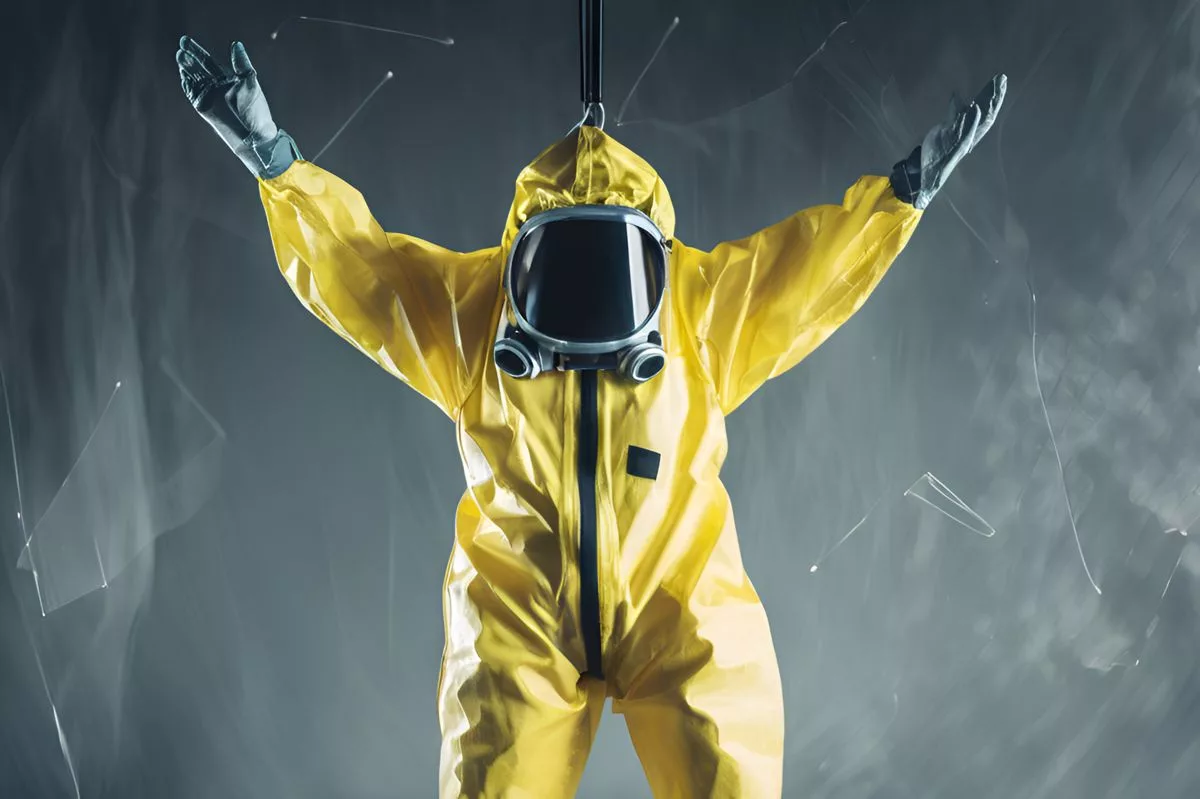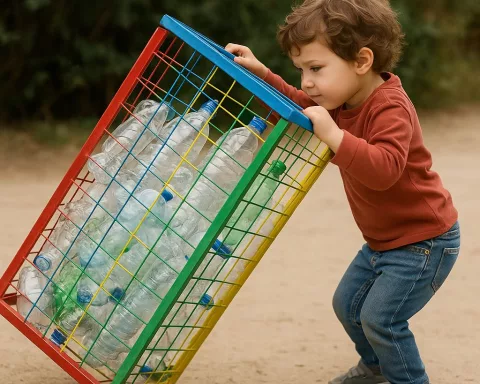Cape Town’s Fire and Rescue Hazmat Team responded to a distress call regarding a container of radioactive material found at a scrapyard. With their expertise and state-of-the-art technology, they followed strict procedures to evaluate the risk and remove the waste safely. Their professionalism was crucial in handling this potentially catastrophic nuclear incident, highlighting their commitment to public safety and making them the city’s protectors.
How did Cape Town’s Fire and Rescue Hazmat Team respond to the discovery of a radioactive material container at a scrapyard?
The Fire and Rescue Hazmat team responded swiftly to the distress call regarding the radioactive material container. They followed stringent procedures and utilized high-tech remote-controlled sensor devices to evaluate the risk involved. They successfully removed the radioactive waste in a secure manner utilizing specially designed robotic equipment. Their professionalism and readiness were crucial in handling this potentially catastrophic nuclear incident.
In an era where the devastating consequences of nuclear energy loom threateningly, the existence of people who are trained, brave, and committed enough to confront these dangers and safeguard the public is indeed comforting. This was demonstrated most recently by Cape Town’s Fire and Rescue Hazmat Team—known for their unmatched proficiency—who promptly responded to the discovery of a radioactive material container at a Beaconvale scrapyard.
Distress Call and Rapid Response
Just before noon, a troubling call was made to the City of Cape Town (CoCT) control centre by workers from the scrapyard. They had stumbled upon a canister marked ‘dangerous radioactive material’ while unloading a tipper truck. The CoCT reacted swiftly, deploying traffic services to cordon off the region. Concurrently, the Fire and Rescue Hazmat squads, renowned for their expertise, were activated.
Upon reaching the site, these highly trained individuals followed stringent procedures intended for handling radioactive substances. With the aid of high-tech remote-controlled sensor devices, they cautiously approached the potentially lethal container and accurately evaluated the risk involved.
Identifying and Neutralizing the Radioactive Threat
Soon, their apprehensions were confirmed. The dubious vessel was emitting an alarming amount of gamma rays, a sure indication of decaying radioactive waste inside. The SAPS Bomb Squad was summoned, and alongside firefighters primed for nuclear disaster, they employed an array of equipment to secure the site and pinpoint the identity of the radioactive substance.
The lethal material was disclosed to be Iridium 192—a synthetic variant of Iridium. It is commonly used in industrial radiography equipment to spot defects in metal parts. Although Iridium 192 loses its harmfulness after 150 days, it necessitates proper disposal methods as per regulations.
At the moment, the shielding lead casing of the fuel rods had been compromised and was radiating intense levels of radiation. SAPS and Nersa are present on site and are attempting to trace the original source of the radioactive fuel rods using the affixed serial numbers.
The Heroes Behind the Hazmat Suits
In this high-risk scenario, the readiness and professionalism of the hazmat team were crucial. Thanks to their use of specially designed robotic equipment, they successfully removed the radioactive waste in a secure manner.
Chief Fire Officer Clinton Manuel praised the efficiency and professionalism of the firefighter hazmat technicians’ response to this potentially disastrous situation. His words highlighted the city’s fortune in having a municipal Fire and Rescue service that is not only adequately equipped but also committed to continuous investment in specialized training and skills development.
The relentless dedication of the Fire and Rescue squads, who are prepared to tackle a wide range of emergency situations each day, demonstrates their unwavering commitment to public safety. Their handling of this potentially catastrophic nuclear radioactive waste exposure incident affirms the status of Cape Town’s Fire and Rescue Service as South Africa’s finest.
Guardians of the City
Be it a scrapyard or a nuclear power facility, these heroes clad in Hazmat suits stand prepared, ensuring peace of mind for every resident. Their dedication and expertise, coupled with the use of state-of-the-art technology and equipment, underscore their role as the city’s protectors. As a new day dawns, Cape Town’s citizens can rest assured that they are in secure hands.
The true value of a city lies in the quality of its emergency services. In this respect, Cape Town is truly fortunate. Despite the constant challenges and potential hazards, the city’s Fire and Rescue Hazmat team continues to serve as a symbol of hope, resilience, and unwavering dedication to public safety.
What is Iridium 192?
Iridium 192 is a synthetic variant of Iridium that is commonly used in industrial radiography equipment to spot defects in metal parts. It loses its harmfulness after 150 days but requires proper disposal methods as per regulations.
How did the hazmat team remove the radioactive waste safely?
The hazmat team utilized specially designed robotic equipment to remove the radioactive waste in a secure manner and followed stringent procedures intended for handling radioactive substances.
What is the role of the SAPS and Nersa in this incident?
SAPS and Nersa are present on site and are attempting to trace the original source of the radioactive fuel rods using the affixed serial numbers.
How did the hazmat team evaluate the risk involved in handling the radioactive container?
The hazmat team utilized high-tech remote-controlled sensor devices to approach the potentially lethal container and accurately evaluate the risk involved.
What was the role of the CoCT in this incident?
The City of Cape Town (CoCT) reacted swiftly, deploying traffic services to cordon off the region and concurrently activating the Fire and Rescue Hazmat squads.
What did Chief Fire Officer Clinton Manuel say about the hazmat team’s response to the incident?
Chief Fire Officer Clinton Manuel praised the efficiency and professionalism of the firefighter hazmat technicians’ response to this potentially disastrous situation and highlighted the city’s fortune in having a municipal Fire and Rescue service that is not only adequately equipped but also committed to continuous investment in specialized training and skills development.












